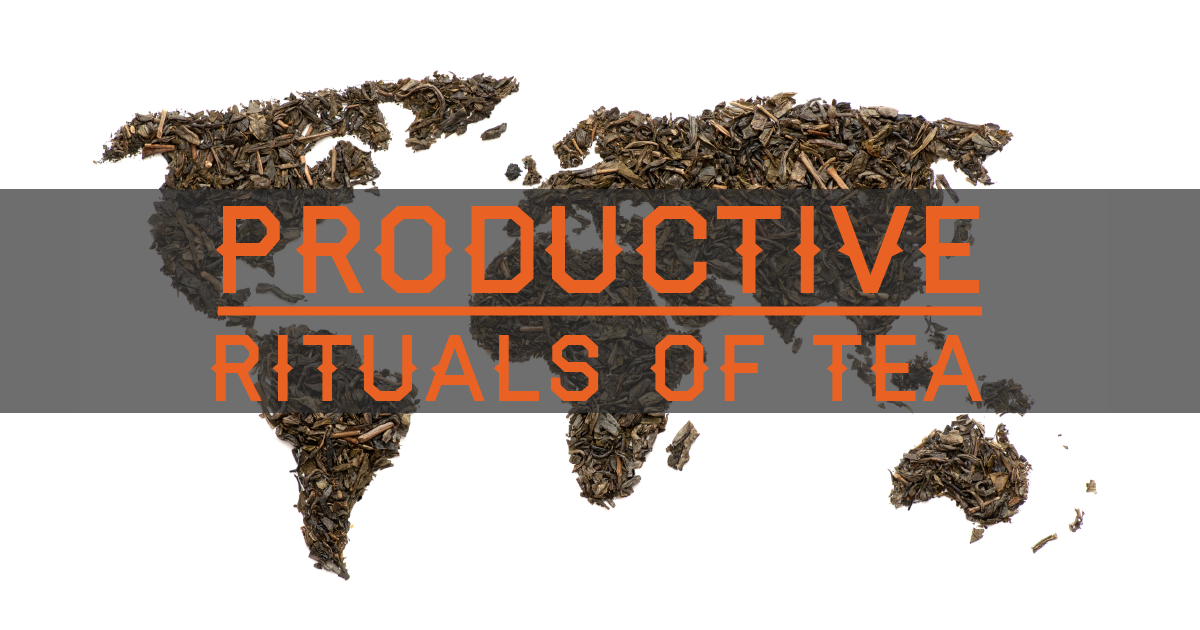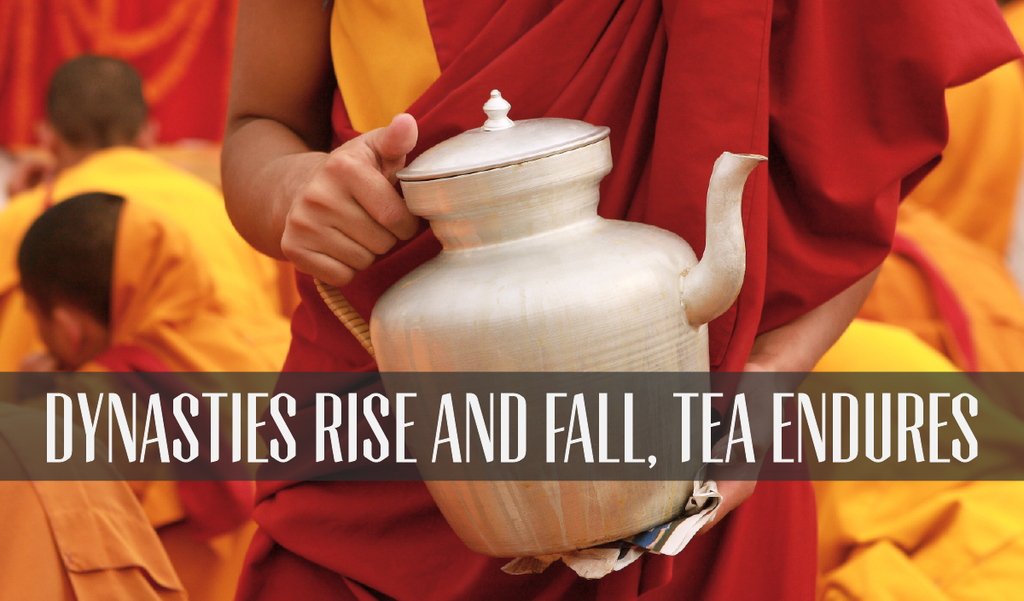
To many across the globe, a cup of tea is more than just... a cup of tea. Tea is a tool for enhancing productivity and increasing focus and avid tea drinkers are always looking for new ways to get more bang for their cup.
Modern science has long understood the energy-boosting effects of caffeine, but researchers in the field of Behavioral Science are beginning to see the worldwide practice of tea drinking in a new light. These scientists are focusing not just on chemical stimulation, but the effect of practiced rituals on the brain. This frontier in science is still not well understood, but new studies suggest that ritual (the repetition of simple, familiar tasks) have a focus and productivity enhancing effect not unlike that of a stimulant like caffeine.
This research, while groundbreaking at a certain level, shouldn't come as a complete surprise: many societies have developed their own ritual around the consumption of tea, often with the intention of enhancing focus, energy, and productivity. In some of these cultures, tea and ritual are so closely associated that they are viewed as one in the same. While the chemical agent of tea (caffeine) is the same across cultures, each society has developed its own unique rituals to complement and enhance specific effects of the natural stimulant.
We loved this research so much that we decided to soak it up, sum it up, and share it with "Zesters" across the globe. On Thursdays for the next month, Zest will take you across the map, presenting tea rituals from around the world, and discussing how each ceremony contributes to the natural energy and focus boosting powers of caffeine. We hope you learn something, and maybe you'll be inspired to start a few tea rituals of your own!

China: Dynasties Rise and Fall, Tea Endures
Tea rituals in China spread from Buddhist Monasteries to the Imperial Court
The Chinese are credited with being the first society to regularly drink tea and develop rituals around its consumption. Green tea was first used medicinally to increase energy and vitality. It was soon adopted by Buddhist monks for enhanced meditation. Drinking tea in their solemn halls of meditation, monks found that tea helped them clear their mind and focus their meditation, rather than having their mind wander aimlessly.
Inspired by the monks' tea practice, elite members of the Ming Dynasty began ritualizing the consumption of tea in the early 1300s in a ceremony known as "Gong Fu". Soon scholars began devoting themselves to the art and execution of Gong Fu, striving to create a ceremony that stimulated all five senses: sight, smell, taste, sound, and touch. A well executed ceremony was valued for its power to enhance the drinker's experience of beauty and art.
Gong Fu and Chinese tea rituals are just the beginning. Keep your ears perked for next week and the rituals that Japan and Russia have come to practice and love.
What types of rituals do you practice?
